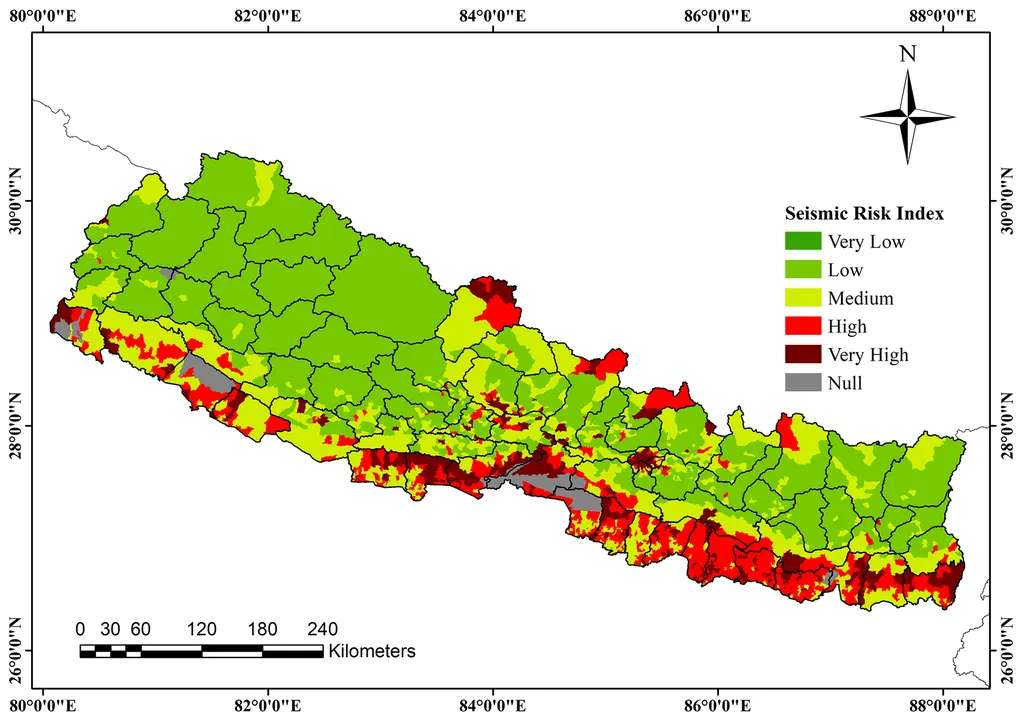In the rugged terrain of Darchula, a district in Nepal’s Far-Western region, the ground trembles with a frequency that keeps engineers and residents alike on edge. This seismic hotspot is the stage for a critical study led by Birendra Kumar Bohara from the School of Engineering at Far Western University, which delves into the seismic performance of reinforced concrete (RC) buildings. The research, published in the *Journal of the Civil Engineering Forum* (translated as *Journal of the Civil Engineering Discussion Forum*), sheds light on the stark differences between engineered and non-engineered structures, offering insights that could reshape construction practices and seismic risk management in vulnerable regions.
Bohara’s study focuses on the seismic vulnerability of non-engineered RC buildings compared to their engineered counterparts. Using linear elastic and nonlinear pushover analyses, the research examines construction practices and identifies structural deficiencies that leave buildings exposed to seismic forces. The findings are stark: engineered buildings show significantly greater resistance to earthquakes, with higher base shear capacities and greater flexibility. “Non-engineered buildings, particularly shorter structures, are more prone to damage under moderate seismic events,” Bohara explains. This vulnerability is exacerbated by the soft-story effect, where ground floors experience the most significant inter-story drift, making them critical failure points.
The study’s probabilistic fragility framework quantifies the likelihood of damage at varying seismic demand levels, revealing that non-engineered buildings reach critical damage states at lower levels of seismic demand. This underscores the urgent need for enforcing seismic design standards and retrofitting existing structures to improve their earthquake resilience. “The results highlight the importance of adhering to national and international standards to mitigate earthquake-related damage,” Bohara emphasizes.
The commercial implications for the energy sector are profound. In regions prone to seismic activity, the integrity of infrastructure is paramount. Buildings that house energy facilities, such as power plants and distribution centers, must withstand seismic forces to ensure continuous operation and prevent catastrophic failures. Bohara’s research provides a foundation for future seismic risk reduction strategies, offering a roadmap for improving building practices and enhancing the resilience of critical infrastructure.
As the world grapples with the increasing frequency and intensity of natural disasters, the need for robust seismic design and retrofitting becomes ever more pressing. Bohara’s work serves as a call to action for engineers, policymakers, and stakeholders in the construction and energy sectors to prioritize seismic resilience. By embracing these findings, communities in seismic hotspots like Darchula can better prepare for the inevitable tremors, safeguarding lives and infrastructure in the process.

